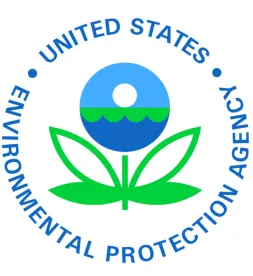On September 29, 2021, the U.S. Environmental Protection Agency (EPA) announced developments in its efforts to address per- and polyfluoroalkyl substances (PFAS) in the environment. In particular, EPA provided an update on its progress in testing pesticide products and containers for PFAS.
EPA states that as part of its ongoing efforts, it is releasing an internally validated method for the detection of 28 PFAS compounds in oily matrices, such as pesticide products formulated in oil, petroleum distillates, or mineral oils. According to EPA, the oily matrix method is modified from EPA Method 537.1, a method that is mainly used for drinking water and was previously used in analyzing PFAS in fluorinated high-density polyethylene (HDPE) containers.
The new method is intended to assist pesticide manufacturers, state regulators, and other interested stakeholders in testing oily matrix products for PFAS and joining efforts to detect any possible contamination. In the announcement, EPA states: “In a shared interest to remove PFAS from the environment, if companies find PFAS in their product, EPA is requesting that they engage in good product stewardship and notify the Agency.”
In developing this method, EPA collaborated with the Maryland Department of Agriculture. As part of this collaboration, the method was used to analyze three stored samples of mosquito control pesticide products as well as samples obtained directly from the product line from the pesticide manufacturer. EPA determined that none of the tested samples contained PFAS at or above EPA’s method limit of detection.
EPA states that its investigation continues to determine the scope of this issue and its potential impact on human health and the environment. EPA acknowledges that “[t]o date, the only PFAS contamination in mosquito control pesticide products that the Agency has identified originated from fluorinated HDPE containers used to store and transport a different mosquito control pesticide product.” EPA will continue to test additional fluorinated containers to determine whether they contain and/or leach PFAS and will present those results when the studies are complete. EPA further states it is working with other federal agencies and trade organizations to raise awareness of this issue and discuss expectations of product stewardship. EPA also is encouraging the pesticide industry to explore alternative packaging options, such as steel drums or non-fluorinated HDPE.
Additional information on EPA’s oily matrix method report and information on PFAS in pesticide packaging is available here.




 />i
/>i

